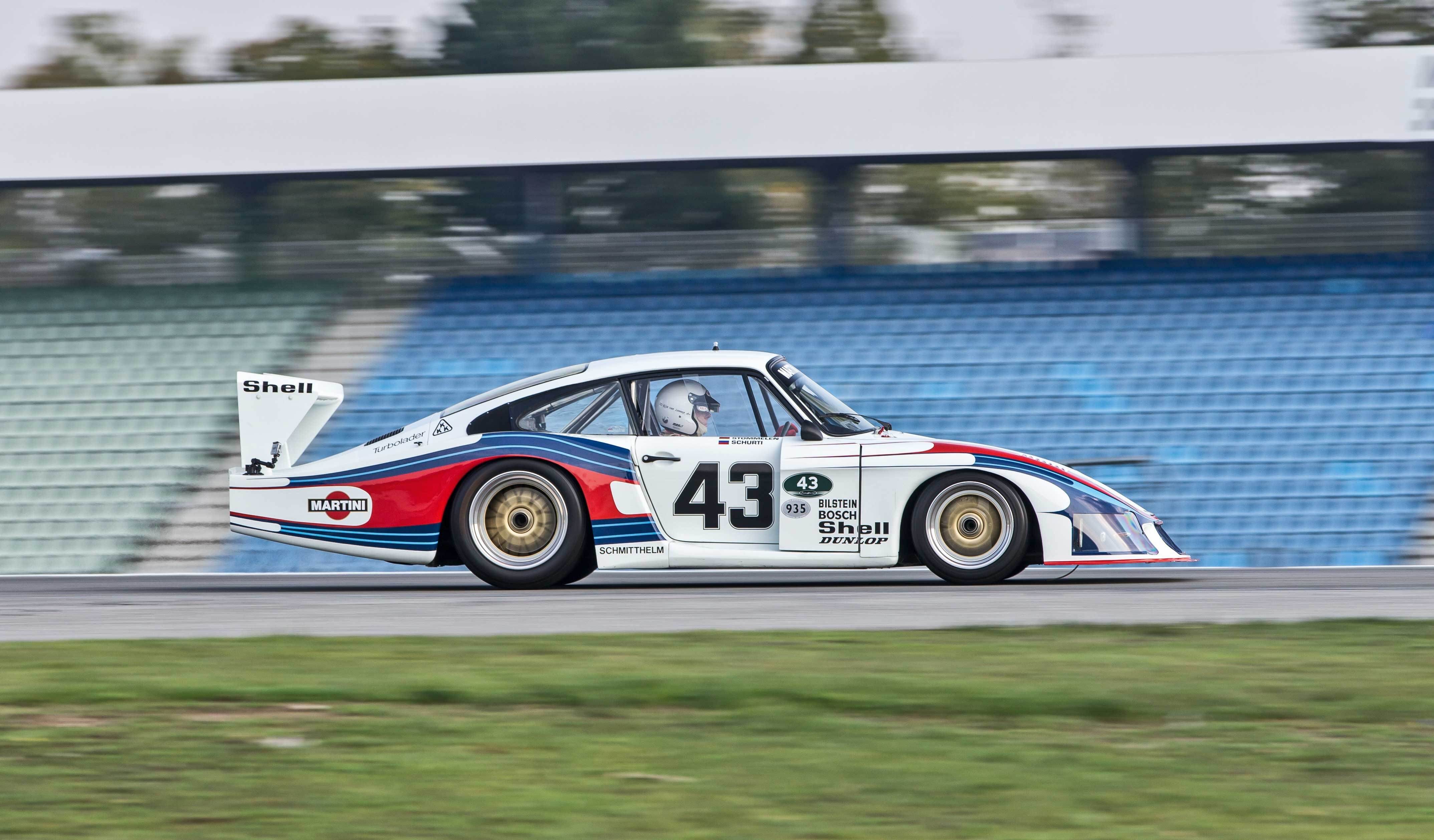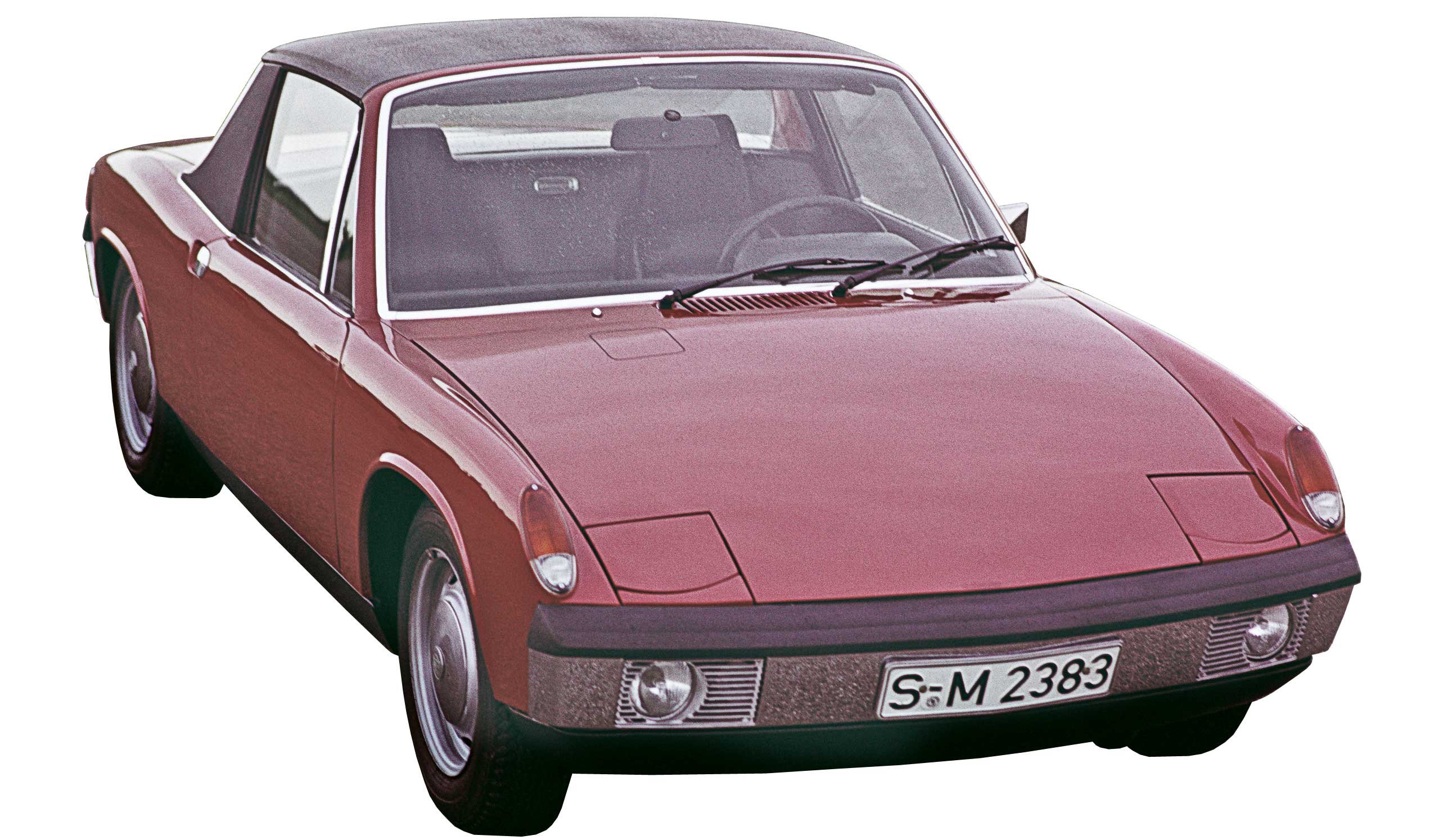Retracing seven decades of Porsche
From electric car to…electric car, the story of Porsche and its journey down the decades has enough twists and turns, and highs and lows, to make a motoring soap opera
 From electric car to…electric car, the story of Porsche and its journey down the decades has enough twists and turns, and highs and lows, to make a motoring soap opera
From electric car to…electric car, the story of Porsche and its journey down the decades has enough twists and turns, and highs and lows, to make a motoring soap operaPorsche has been making cars, sportscars for seven decades now. Starting from an electric car, Porsche moved and progressed with its road-going sportscars and track-spec racecars ruling the said automotive industry and moving now to electric cars. The story of Porsche’s journey down the decades has enough twists and turns, and highs and lows, to make a motoring soap opera, and we are here to trace its history.
1948 – 1958

Porsche’s story actually began way before a four-cylinder, air-cooled roadster was driven out of a sawmill in Gmünd, Austria. Nearly half a century earlier, Ferdinand Porsche (pictured right, with son ‘Ferry’) was instrumental in the design of the electric Lohner-Porsche. It wasn’t until 1948 that the first car with a Porsche badge – the 356 – was built. The company’s first decade saw it return to Stuttgart, evolve the 356, design and build its own engines and gearboxes, and enter Le Mans for the first time – and win its class.
1958 – 1968

As the 356 took on America, Porsche built the 550 racer, which went on to win at Sebring and the Targa Florio (and claim the life of an icon). During this period the Carrera name was applied to the first 356 competition cars, four-cam engines were fitted to the 356, and Porsche designed an eight-cylinder engine for a factory F1 effort that yielded one win. The gorgeous 904 Carrera GTS made its debut, too.
‘RS’ appeared on a Porsche for the first time (the RS60 race car) and in 1963 a four-seat coupe, with an air-cooled, rear-mounted flat-six engine made its debut at the Frankfurt motor show. It was called 901 until a legal battle with Peugeot, who claimed the naming rights of three figures with a zero in the middle; the 911 was eventually born.
The racing didn’t stop because of a new road car – by 1966 an engineer called Ferdinand Piech designed the Carrera 6, which naturally won its class at Daytona on its debut.
1968 – 1978

Was there a busier time in Porsche’s history? During this period a joint venture with Volkswagen saw Porsche take on, and bring to market, the cheaper, mid-engined four-cylinder 914 road car, continue with the 911’s development, win the Monte Carlo Rally three times in a row with the 911, score a 1-2-3 finish at the Daytona 24 Hours with the 907L, conceive the 917 with its air-cooled flat‑12 and win Le Mans outright, conquer Can-Am with 1500bhp monsters, and reinvent the 911 with the first 911 Turbo.
Of course, there were also two new front-engined sports coupes – the four-cylinder 924 (another VW tie-up that went sour) and the V8-engined 928.
1978 – 1988

Moby Dick, Indianapolis, a death sentence for the 911, two new CEOs, a more powerful ‘People’s Porsche’ – for wealthy people as it would turn out – in the form of the 944, and the 959 supercar occupied the workforce and stretched the firm’s overdraft facility as the excess of the ’80s took hold.
Then there was Porsche’s grip on Group C racing with the 956 and 962, and all-conquering forays into Formula 1 with McLaren and TAG. But success on track wasn’t matched with success in the showroom and the numbers just didn’t stack up. Porsche was up to its neck in debt and the vultures were circling.
1988 – 1998

History shows that while on the verge of losing its independence, Porsche built some of its most desirable cars: 964, 993 Carrera RS and 993 GT2. No longer winning on track, with car sales on the floor thanks to an aging three-model line-up and a current account drier than a Methodist’s wedding, Porsche’s only way out looked to be a sale to a larger mass-manufacturer.
Until Wendelin Wiedeking returned. Having left in 1988 in frustration at how Porsche was run, he came back in ’92 with a new approach to developing, building and selling the cars. The Boxster set the template, the 996 cashed in, the motorsport arm was instructed to make money and Porsche embarked on a period of growth that, ironically, nearly killed it.
1998 – 2008

The first 911 GT3 arrived within six months of the 996 Carrera winning the inaugural evo Car of the Year in 1998, and a new 911 Turbo came soon after. Followed by a GT2. Wow, this Wiedeking fellow really got Porsche. He had even allowed the wild GT1 racer to be built despite the finance department still fretting over who was going to pay for it.
Wiedeking was long-term planning, however. As customers flooded back, with an even greater number of new customers joining them in the queue for Boxsters and 911s, Porsche’s CEO was already planning how to get them to buy more Porsches, because one can never be enough.
A failed plan to work with Mercedes on a new G-Wagen scuppered Wiedeking’s original scheme for Porsche to build an indestructible SUV, so he turned to Volkswagen. We’re still not sure what was worse: the looks of the original Cayenne or that Porsche was to build an SUV.
Build it they did, along with a new factory and a larger safe to store the billions of euros the Cayenne generated. Ever resourceful, Wiedeking also sanctioned the Carrera GT, utilising the V10 engine that had been mothballed when the GT1’s Le Mans successor was canned in 1998.
2008 – 2018

Sell enough of the most profitable car in the world (the 911) and it won’t be long before you become the most profitable car company in the world. And then you’ll get ideas above your station and try to buy one of the largest car companies in the world. Wiedeking took on Ferdinand Piech, lost the battle and nearly took Porsche down with him (Porsche racked up $10billion in debt trying to buy VW).
Meanwhile, there was a hybrid hypercar, Panameras, Macans, more special 911s and a return to Le Mans. And 119 years after the first, Porsche’s second all-electric car will soon go on sale. And Wiedeking? He went back to his hobby of potato farming.
Everyday cars you can take to the track – Read about them here!


